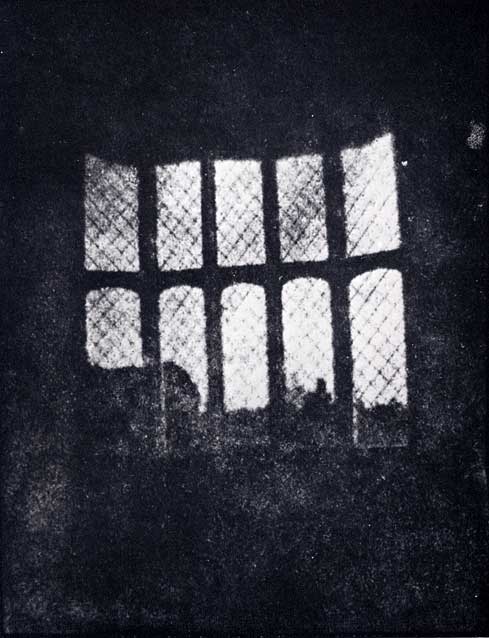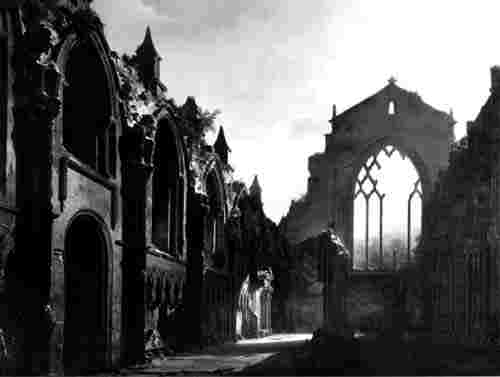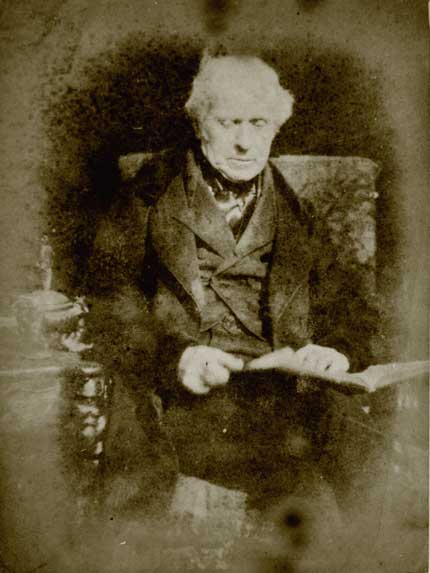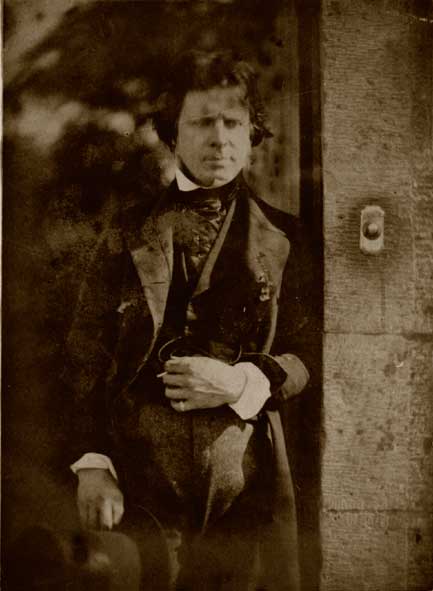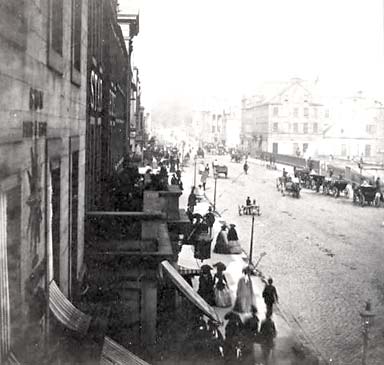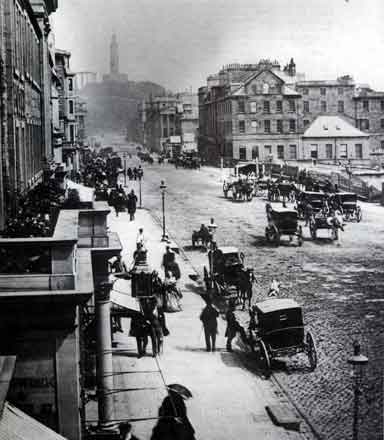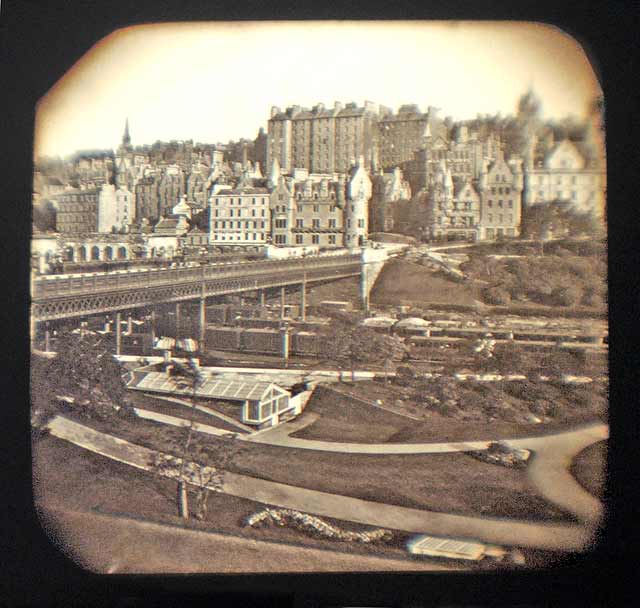|
1 Early History of |
2 Types of Camera and Photo |
3 Photographic |
4 Professional |
5 Collections of Photos and Books |
|
Other talks: Ethnographic Postcards in Scotland |
Other talks: History of Photography |
|||
|
Edinburgh University, School of Literature, Language and Cultures, Celtic and Scottish Studies 2nd Year Lecture: February 22, 2010 - Ethnographic Photography |
Ethnographic Photography - Page 1 - Further Notes
|
Ethnographic Photography in Scotland Early History of Photography From 1839
|
|
Further Notes |
The Latticed Window (Talbot) A print from the oldest photographic negative in existence
©
Reproduced from the National Museum of Photography,
Film and
Television collection,
Holyrood Abbey, Edinburgh (Daguerre) An oil painting ©
Reproduced
by courtesy of
The Board of Trustees of the National Museums & Galleries
___________________________________ to the announcement of Photography in 1839
Dr Fyfe's lectures were not merely reports of the Talbot's invention. They were Dr Fyfe's accounts of how he had attempted to improve upon the process announced by Talbot, together with a display of some of his results.
Twenty photographs (or photogenic drawings) by Talbot were exhibited, together with a Photogenic Camera made by Mr Davidson, who would soon be making cameras for Robert Adamson. Photographs by Daguerre were also exhibited this month in Edinburgh, possibly at the same exhibition. The Exhibition attracted over 50,000 visitors. ___________________________________ to the announcement of Photography in 1839
Sir David Brewster © Reproduced by courtesy of Edinburgh City Libraries and Information Services
George Washington Wilson in Edinburgh
Princes Street - c.1859
© Reproduced with acknowledgement to Jenny and Ray Norman Web site: World of Stereoviews Princes Street - c.1860 © Reproduced by courtesy of the Yerbury family. Click here for link to web site. Lantern Slide - Edinburgh Old Town and Waverley Bridge © Reproduced with acknowledgement to Alastair Griffiths, Middlewich, Cheshire, England
|
___________________________________
End of Page 1
|
1 Early History of |
2 Types of Camera and Photo |
3 Photographic |
4 Professional |
5 Collections of Photos and Books |
|
Other talks: Ethnographic Postcards in Scotland |
Other talks: History of Photography |
|||
